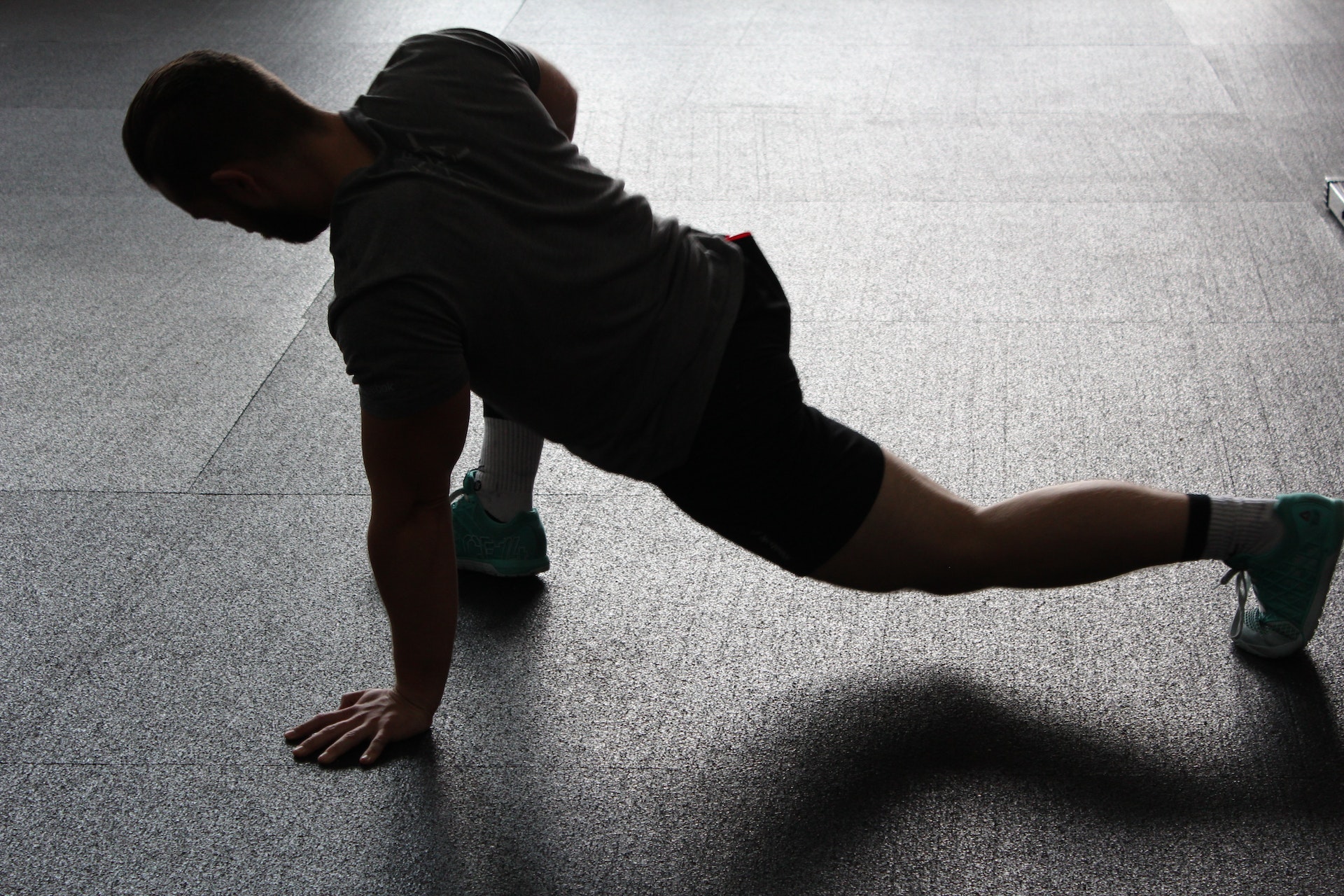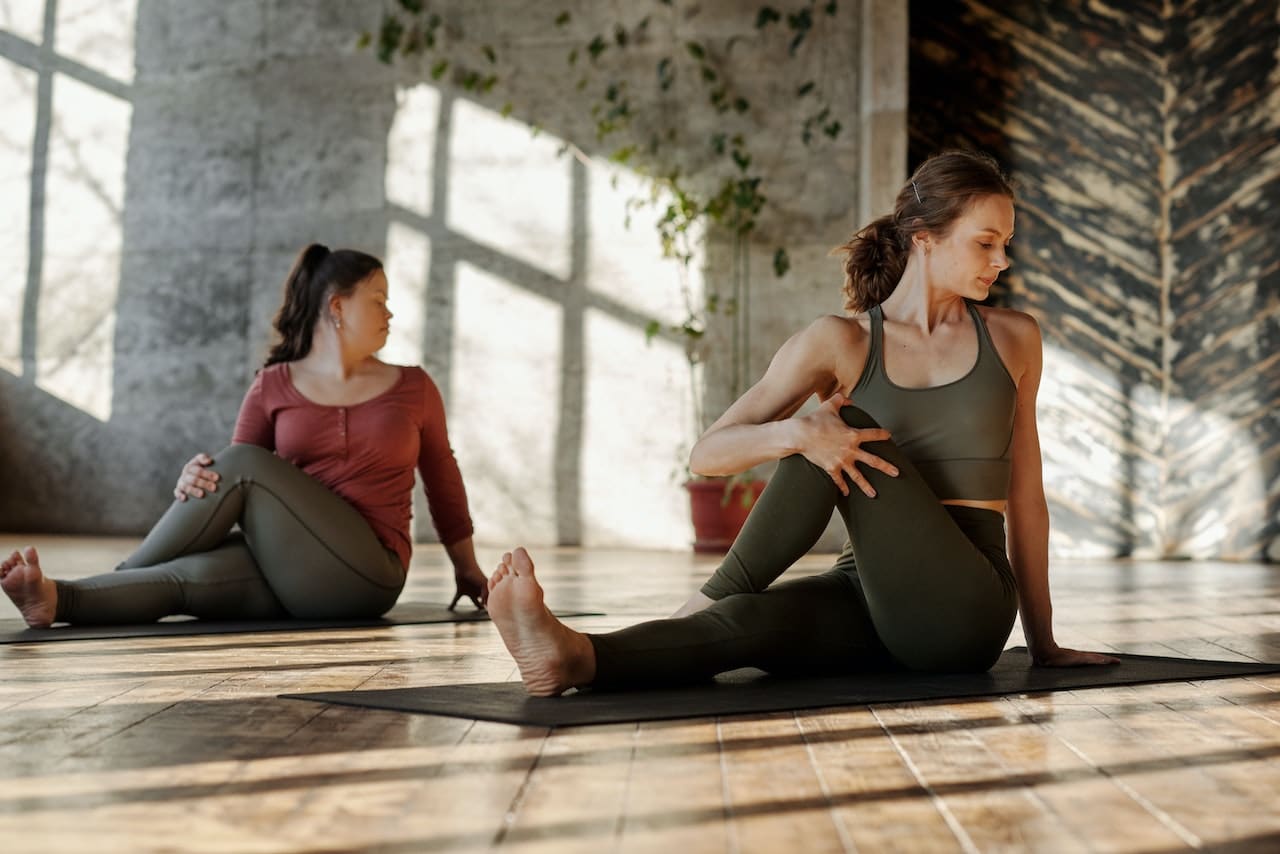Psoas muscle play a vital role in maintaining body movement and posture. However, due to inactive lifestyles and long sitting, the psoas can become tight and shortened. This can lead to postural imbalances. So, to balance these issues, it is essential to maintain the flexibility of the psoas. Today, we will learn the effects of Psoas tightness, how to stretch Psoas muscle while sleeping, and benefits of stretching Psoas muscle.
The psoas muscle is also known as the iliopsoas. Psoas muscles are located deep within the abdomen. They connect the lower spine to the upper thigh, making it an essential part of stability. Stretching the psoas while sleeping is an effective way to promote flexibility and release tightness in this important muscle.
By incorporating specific Psoas stretching techniques into your night routine, you can optimize the benefits of sleep and enhance the health of your psoas. Here are some strategies for how to stretch psoas while sitting or sleeping.
How To Stretch Psoas While Sleeping- Positions for Psoas Stretching
Finding the right sleeping position helps to stretch and alleviate tightness in the psoas muscle. Here are two recommended sleeping positions to release a tight psoas.
Spine Position To Stretch Psoas

- Lie on your back with your legs extended.
- Place a pillow or folded blanket under your knees to create a gentle bend.
- This position helps release tension in the psoas by slightly stretching it while maintaining a neutral spine.
Side-Lying Position To Stretch Psoas
- Lie on your side with your knees slightly bent.
- Place a pillow or rolled-up blanket between your knees for support.
- Ensure that your top leg is slightly in front of the bottom leg to create a mild stretch in the psoas.
- Switch sides throughout the night to evenly stretch both sides of the body.
How To Maintain Sleep Environment for Psoas Stretching?
In addition to the sleeping positions, there are a few additional tips to optimize the sleep environment for stretching the psoas
Bedding And Mattress

- Use a medium-firm mattress that provides adequate support for your body and promotes proper spinal alignment.
- Ensure your pillows are supportive and comfortable to maintain proper neck and head alignment.
Support Aids
Consider using additional pillows or support aids. Place them strategically to enhance the psoas stretch. For finding your perfect releasing position you can take the support of pillows and cushions. This way you can create a gentle arch and stretch in the psoas.
Relaxation Techniques
Prioritize relaxation techniques before sleep to promote overall muscle relaxation, including the psoas. Engage in deep breathing exercises, progressive muscle relaxation, or gentle stretching to release tension in the body.
Benefits Of Stretching The Psoas While Sleeping
Sleeping allows for passive stretching, where the weight of your body and the relaxation of your muscles gently release the psoas without active effort. This can be particularly beneficial for individuals with limited mobility or those recovering from injuries. You must be thinking that what does psoas release feels like. Release of the psoas promotes a state of relaxation, as your body is naturally in a restful position. This can aid in releasing tension and allowing the psoas to lengthen more effectively.
Sleeping typically involves several hours of continuous rest, providing an extended period for the psoas to be gently stretched. This prolonged duration potentially enhances the effectiveness of the stretch and yields better results over time.
How To Release The Psoas Trigger Point?
Self-Massage To Stretch Psoas
- Lie down on your back on a comfortable surface, such as a yoga mat or bed.
- Locate the psoas muscle by finding the soft area just inside and slightly below your hip bones.
- Gently press your fingers or a massage ball into the area and apply steady pressure.
- Slowly move your fingers or the massage ball in small circles, exploring the area for any tender or tight spots.
- When you find a trigger point, maintain pressure on that spot for 15-30 seconds or until you feel a release.
- Repeat the process on any other trigger points you find along the length of the psoas muscle.
- During massage be gentle and listen to your body. If the pressure is too intense or causes excessive pain then seek professional assistance.
Stretching Technique

- Perform gentle stretches that target the psoas muscle to help release trigger points.
- Kneel on one knee with the other foot flat on the ground, creating a lunge position.
- Engage your core and gently tilt your pelvis forward, leaning into the stretch.
- You should feel a stretch in the front of your hip and along the psoas muscle.
- Hold the stretch for 20-30 seconds and repeat on the other side.
- Gradually increase the depth of the stretch as your body allows, but avoid pushing into pain.
Heat Therapy To Stretch Psoas
- Applying heat to the psoas muscle relaxes and releases trigger points.
- Use a heating pad or a warm towel. Place it over the area where the trigger point is located.
- Allow the heat to penetrate the muscle for 15-20 minutes.
- Combine heat therapy with self-massage or stretching for added benefit.
Professional Assistance
If self-care techniques do not provide relief, may be you are not performing them correctly. So take help from a healthcare professional such as a physical therapist, massage therapist, or chiropractor.
Why It Is Important To Stretch Psoas While Sleeping?- The Effects Of Tight Psoas
 From hair to bones, every single thing in our body plays a vital role. Similarly, the psoas muscle plays are connected with various movements, including walking, running, and bending. When the psoas becomes tight and shortened, it can have several negative effects on the body. These are
From hair to bones, every single thing in our body plays a vital role. Similarly, the psoas muscle plays are connected with various movements, including walking, running, and bending. When the psoas becomes tight and shortened, it can have several negative effects on the body. These are
-
Postural Imbalances
Improper sitting posture causes various issues including Psoas tightness. This causes postural imbalances in the pelvis and lower back. Postural imbalance causes an anterior pelvic tilt where the pelvis tilts forward, resulting in an exaggerated curve in the lower back. This leads to discomfort, pain, and reduced stability.
-
Limited Range of Motion
A tight psoas restricts the movement of the hip joint and affects your ability to walk, run, and perform activities that involve hip-bone bending. This limited range of motion also impacts knees and lower back.
-
Lower Back Pain
 Psoas tightness contributes to lower back pain, as it attaches to the lower spine. When the psoas is tight, it pulls on the lower back, causing tension and discomfort.
Psoas tightness contributes to lower back pain, as it attaches to the lower spine. When the psoas is tight, it pulls on the lower back, causing tension and discomfort.
The psoas muscle is located near vital organs, such as the intestines and diaphragm. When the psoas is tight, it compresses these structures, potentially affecting digestion and breathing. Individuals with tight psoas may experience digestive issues like bloating or shallow breathing.
-
Emotional Tension
The tight psoas one side is sometimes referred to as the “fight-or-flight” muscle. As these tighten in response to stress or emotional tension. Chronic tightness in the psoas contributes to feelings of anxiety, restlessness, or a sense of being constantly on edge.
In conclusion, maintaining a healthy and flexible psoas muscle is essential for overall musculoskeletal health and well-being. Stretching psoas while sleeping is a beneficial addition to your routine. Follow above mentioned steps to relax your tight psoas.









1 Comment